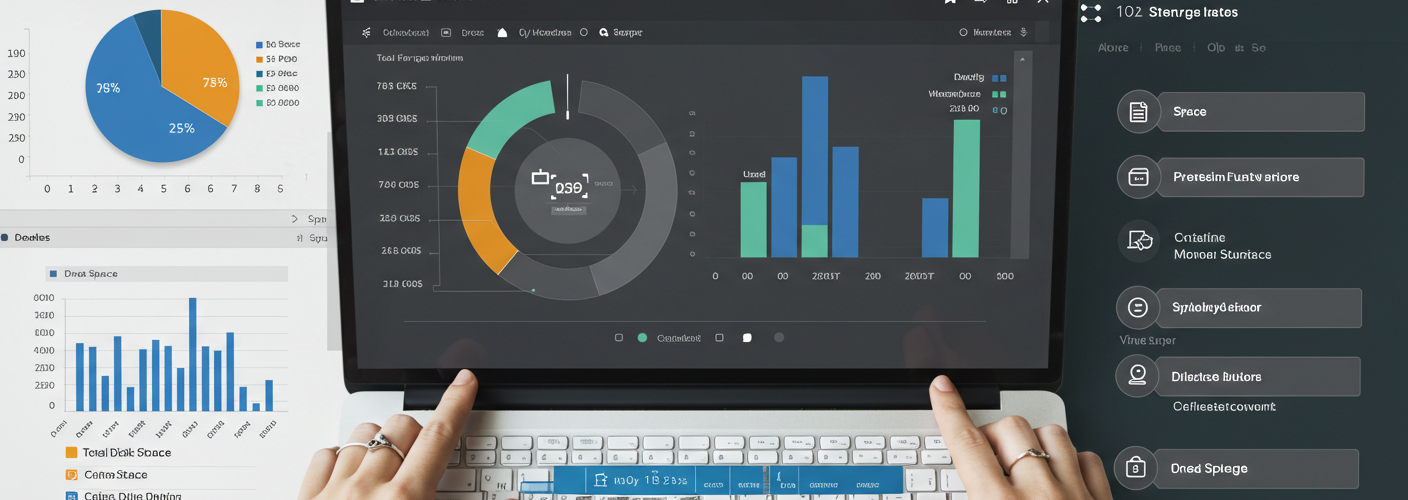In the world of digital computing, managing your disk space efficiently is crucial. Many users often find mysteriously large files consuming significant portions of their storage, leading to confusion and concern about their necessity. One such file that commonly raises questions is the userdata.img, which is particularly associated with the Android virtual machine installed via Google Play for Windows.
If you’ve stumbled upon a file named userdata.img on your system, you’re not alone in wondering about its purpose and whether it’s safe to delete. This file typically houses the user data for applications downloaded through the Google Play Store, effectively functioning as a virtual drive image to maintain user settings, app data, and other information.
What is userdata.img?
To break it down, userdata.img is a virtual image file. When you use applications installed through the Google Play for Windows, they operate in a manner similar to how they would on an actual Android device. This image file serves as the storage partition for your downloaded apps, including files, preferences, and any other data generated during use.
Users often find that this file can take up an enormous amount of space – sometimes reported to consume half or even more of their available disk space. This can be alarming, particularly when your system is suddenly running low on storage.
Can You Delete It?
The short answer is: it depends. If you don’t remember installing anything associated with Google Play for Windows, or if you have no intention of using Android applications on your system, then you may consider deleting the userdata.img. However, before doing so, it’s important to ensure that you’re not inadvertently removing access to important apps or progress within those apps.
Is the File Really Taking Up Your Disk Space?
Before hitting that delete button, consider checking if the file is indeed taking up physical disk space. Sometimes, a file may be marked as large, but through a technique called sparseness, it only occupies a small fraction of that reported size. In simpler terms, a file might appear to be 512GB in size, but if the majority of this file is composed of zeros (which do not require actual disk space), the real space used may be only a few megabytes.
This sparseness is a common feature in modern file systems that helps save disk space by preventing the allocation of unnecessary physical storage. You can use disk analysis tools on your operating system to check the actual size of userdata.img and better understand how much space it’s really consuming.
Conclusion
If userdata.img is taking excess space on your disk and you’re not using it, it may well be safe to remove, provided that you have no plans to utilize Android apps on your Windows system. Always take the time to verify what files contribute to your disk usage and their actual physical storage requirements. In the end, managing your storage well can lead to better performance, less frustration, and an overall more satisfying computing experience.





Add comment